This year, we join the National Park Service in celebrating its centennial anniversary.
With an emphasis on strict preservation, the National Park Service focuses on protecting natural and cultural resources “unimpaired for future generations,” including many historic properties that illustrate the nation’s heritage. Biltmore has been recognized as a designated National Historic Landmark by the National Park Service since 1963.
The Birthplace of Forestry
While Biltmore House as a structure was certainly ahead of its time and holds within its walls a vast collection of art and antiques, the landmark designation is not actually for the house, but for the estate itself as the birthplace of forestry.
The original description of the estate’s National Historic Landmark designation recognizes Biltmore forest manager Gifford Pinchot, who later served as the first chief of the U.S. Forest Service, for his management plan that improved the forest and returned a profit to the Vanderbilts. The plan was the first of its kind and served as a national model.
The description also recognizes Dr. Carl A. Schenck, Pinchot’s successor, for establishing the Biltmore Forest School, also the first of its kind. In its 15 years of existence, the school graduated more than 300 of the nation’s first professionally-trained foresters.

A National Forest is Born
The nearly 87,000 acres of the estate that became Pisgah National Forest are also mentioned in the designation description. After George Vanderbilt’s death in 1914, his widow, Edith Vanderbilt, sold the land to the federal government for just under $5 per acre. However, Pisgah Forest wasn’t established as a National Forest until 1916—making this year its centennial anniversary as well.
Within Pisgah National Forest is the Cradle of Forestry, a National Historic Site located on the grounds of Biltmore Forest School’s Pink Beds campus, where classes were held during the summer. The site, set aside to commemorate the beginning of forestry conservation and the lasting contributions of George Vanderbilt and his forest managers, spans about 6,500 acres of former estate property.
In a public ceremony in 1920, Pisgah National Forest was dedicated to the memory of George Vanderbilt, noting the land as “the earliest example of forestry on a large scale on private lands in America.” The ceremony was attended by Edith and daughter Cornelia Vanderbilt as well as N.C. Governor Locke Craig and George S. Powell, secretary of the Appalachian Park Association.

The Legacy Continues
From the very beginning, Pinchot as well as landscape architect Frederick Law Olmsted, who convinced George Vanderbilt to adopt forestry as his primary business, were determined to make Biltmore a model of forestry for the country.
Reflecting back on the beginning of his employment, Pinchot later wrote: “Biltmore could be made to prove what America did not yet understand, that trees could be cut and the forest preserved at one and the same. I was eager, confident, and happy as a clam at high tide.”*
Pinchot’s prediction was correct and his hope for Biltmore’s significant role was fulfilled.
In 2005, Biltmore successfully expanded its National Historic Landmark designation to include themes of architecture, landscape architecture, and social history, now encompassing the contributions of architect Richard Morris Hunt, Olmsted, estate superintendent Chauncey Beadle, and the significance of Biltmore Dairy.
Today, Biltmore continues to be managed by its original guiding principles. With the centennials of the National Park Service and Pisgah National Forest upon us, there has never been a better time to enjoy the estate’s 8,000 acres of Blue Ridge Mountain beauty. Join us for some of the great outdoor activities Biltmore has to offer. We have much to celebrate.
Images
Feature: Biltmore Forest School students in the woods, 1900**
Top Right: Logging on the estate, late 1800s-early 1900s
Left: Carl A. Schenck with Biltmore Forest School students, 1900**
Right: Pisgah National Forest dedication ceremony, 1920
*Source: Pinchot, Gifford. Breaking New Ground. New York: Harcourt, Brace, and Co., 1947.
**Image courtesy of National Forests of North Carolina Historic Photographs, D.H. Ramsey Library Special Collections, University of North Carolina Asheville, Asheville, NC.

 To attract the numbers of guests needed to make the venture successful, Mr. Cecil had to become a one-man marketing department to promote Biltmore House and Gardens to the public. He was more than equal to the challenge, and in the summer of 1960, Biltmore welcomed its one-millionth visitor since tickets were first made available 30 years earlier. The growth was important for the success of Biltmore, because the dairy operation that had sustained the estate for many years was becoming less profitable in the face of new regulations and increased competition.
To attract the numbers of guests needed to make the venture successful, Mr. Cecil had to become a one-man marketing department to promote Biltmore House and Gardens to the public. He was more than equal to the challenge, and in the summer of 1960, Biltmore welcomed its one-millionth visitor since tickets were first made available 30 years earlier. The growth was important for the success of Biltmore, because the dairy operation that had sustained the estate for many years was becoming less profitable in the face of new regulations and increased competition..jpg&fid=385&d=103960&)

 August 17, 1906 – To Cornelia in Paris, France: “I promised you just as you were leaving Biltmore to send you some pressed flowers from your garden, that you may see some of the results of the seeds we planted last spring. Almost all of the seeds grew and thrived and, in particular, I wish you could have seen some large double sunflowers as large as breakfast plates … They were so large that I could not press them and I fear that before your return they will have faded and gone. The little package which I am sending you, however, contains some of the smaller flowers that were easily pressed and, perhaps, before your home-coming, I can send you another lot so that you may be able to enjoy the garden even though you were in Europe…”
August 17, 1906 – To Cornelia in Paris, France: “I promised you just as you were leaving Biltmore to send you some pressed flowers from your garden, that you may see some of the results of the seeds we planted last spring. Almost all of the seeds grew and thrived and, in particular, I wish you could have seen some large double sunflowers as large as breakfast plates … They were so large that I could not press them and I fear that before your return they will have faded and gone. The little package which I am sending you, however, contains some of the smaller flowers that were easily pressed and, perhaps, before your home-coming, I can send you another lot so that you may be able to enjoy the garden even though you were in Europe…” 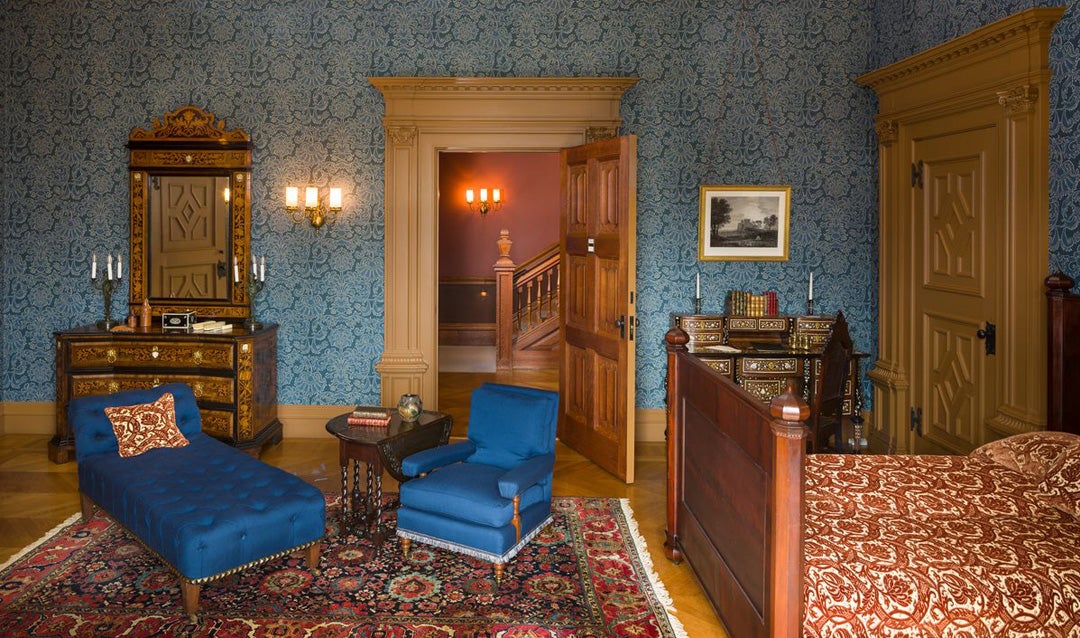
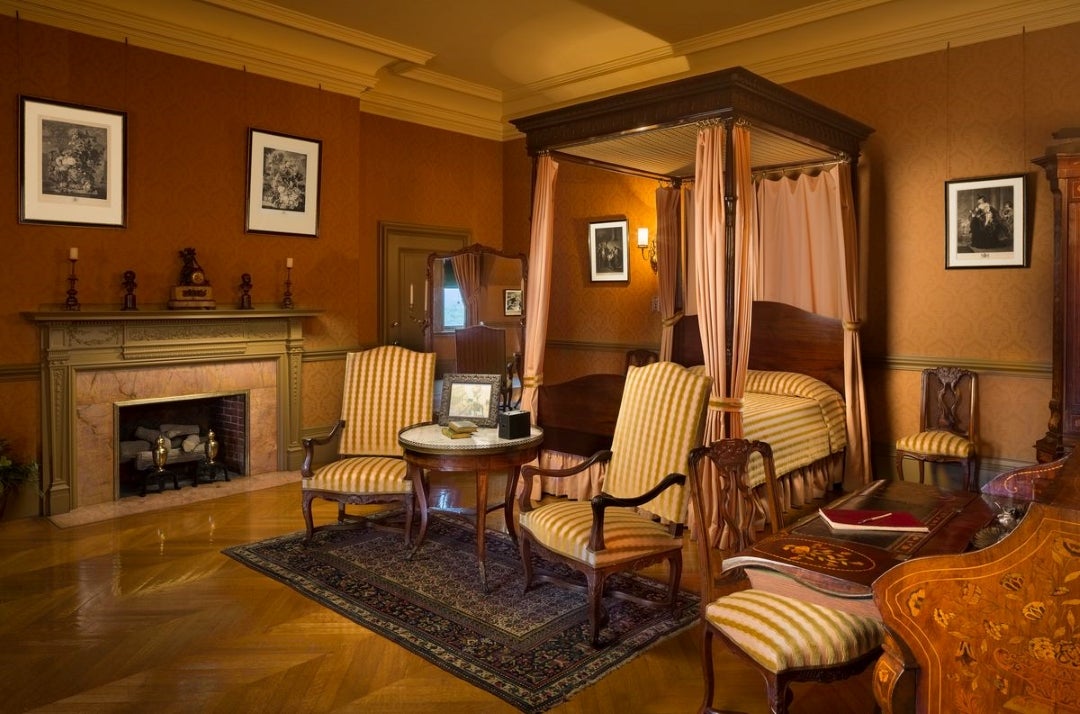
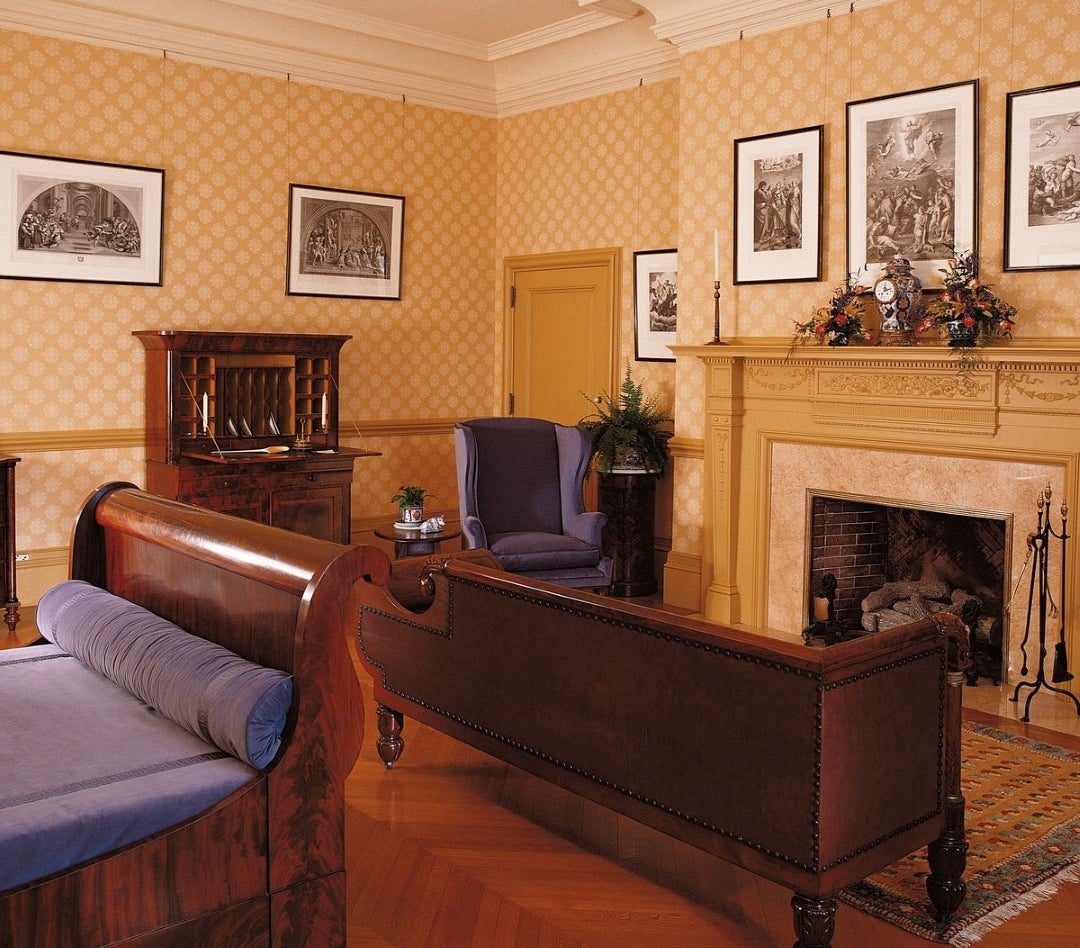
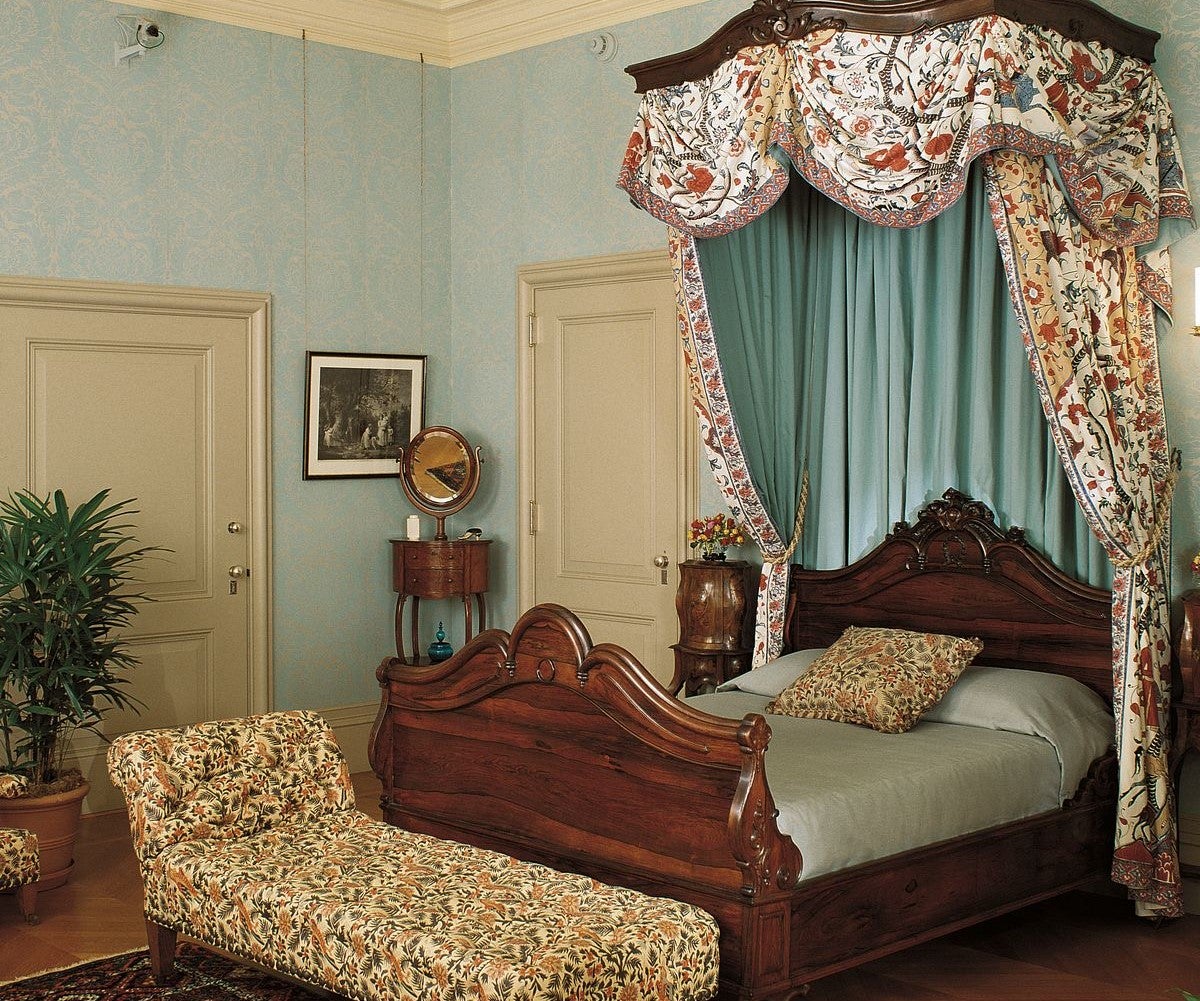
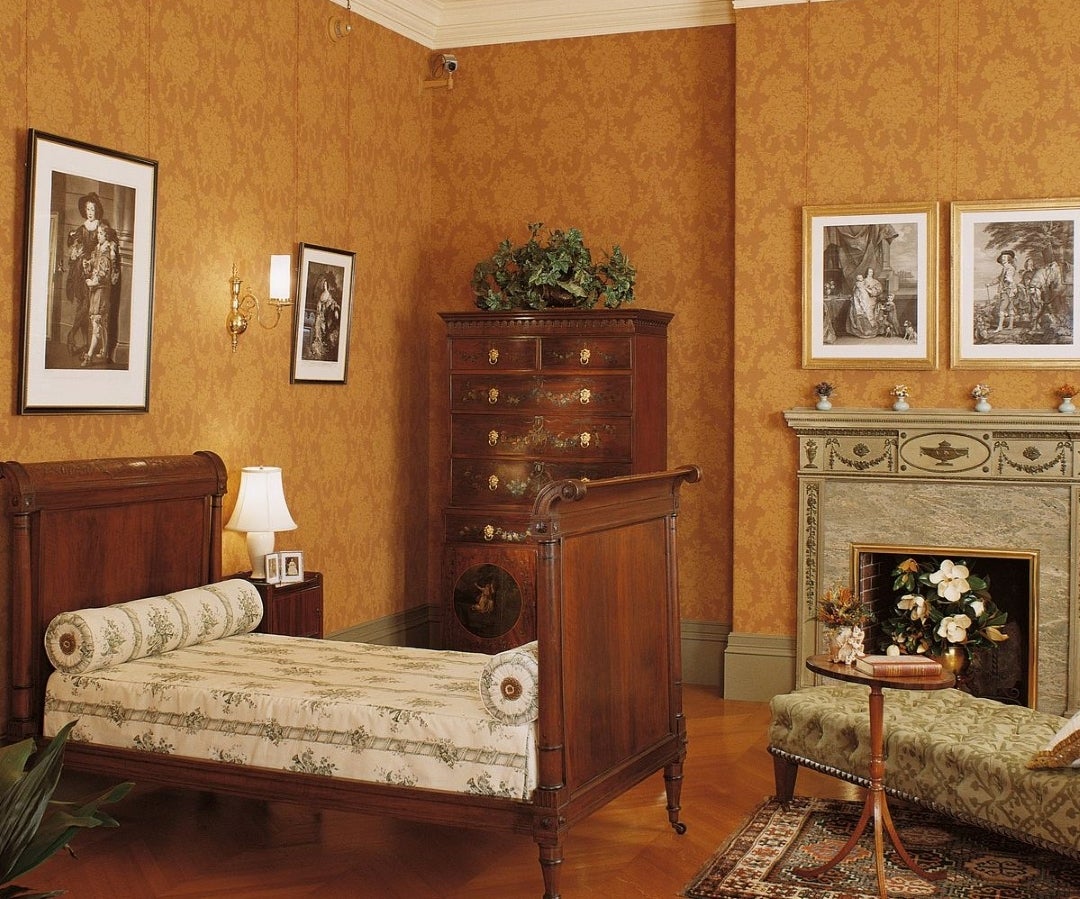
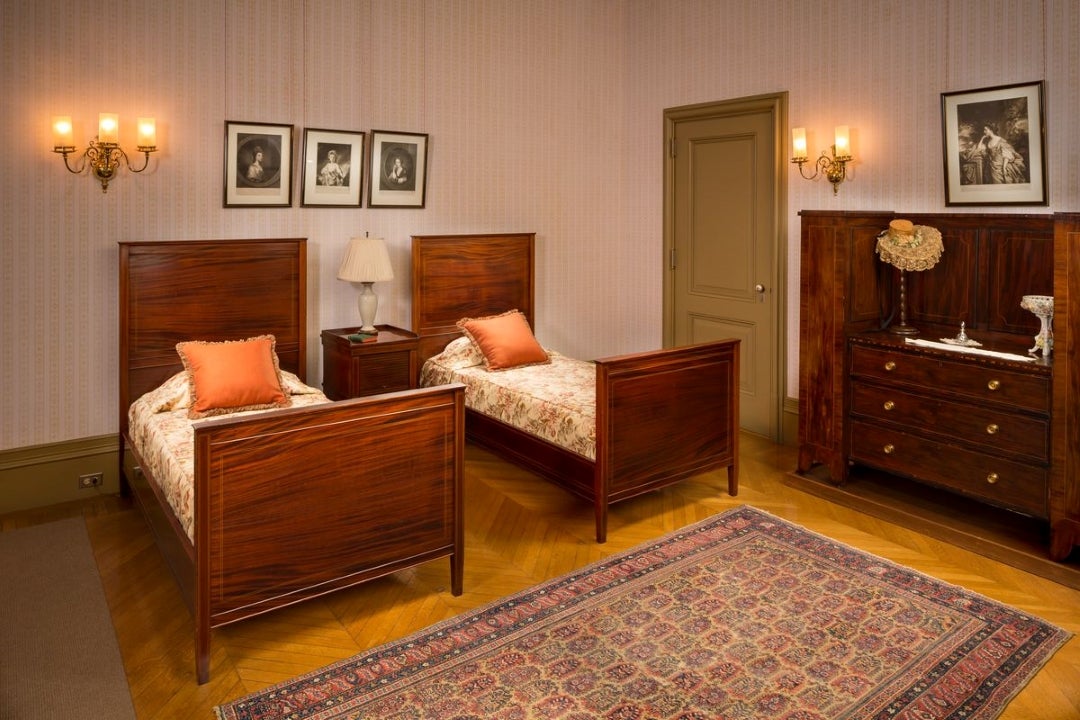











 In addition, guests visiting The Biltmore Legacy will have an opportunity to view the first-ever display of the Lee family veil worn by Mary Lee Ryan for her marriage to George Vanderbilt’s grandson, William A.V. Cecil, and also by her first cousin Jacqueline Lee Bouvier for her marriage to future U.S. President John F. Kennedy.
In addition, guests visiting The Biltmore Legacy will have an opportunity to view the first-ever display of the Lee family veil worn by Mary Lee Ryan for her marriage to George Vanderbilt’s grandson, William A.V. Cecil, and also by her first cousin Jacqueline Lee Bouvier for her marriage to future U.S. President John F. Kennedy. 
 Employee Christmas party at Antler Hall, ca. 1916
Employee Christmas party at Antler Hall, ca. 1916 Santa and Mrs. Claus welcome guests to Biltmore
Santa and Mrs. Claus welcome guests to Biltmore